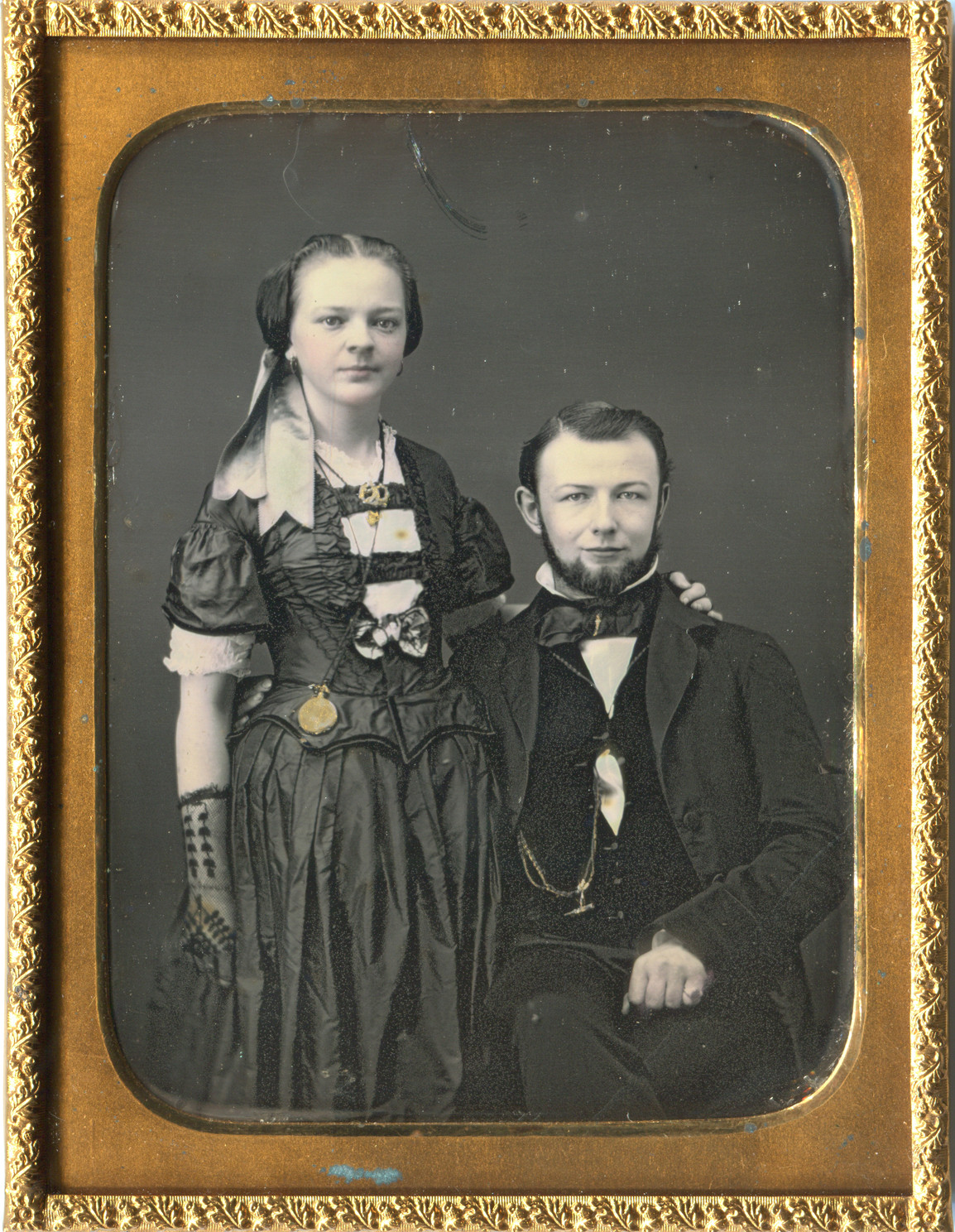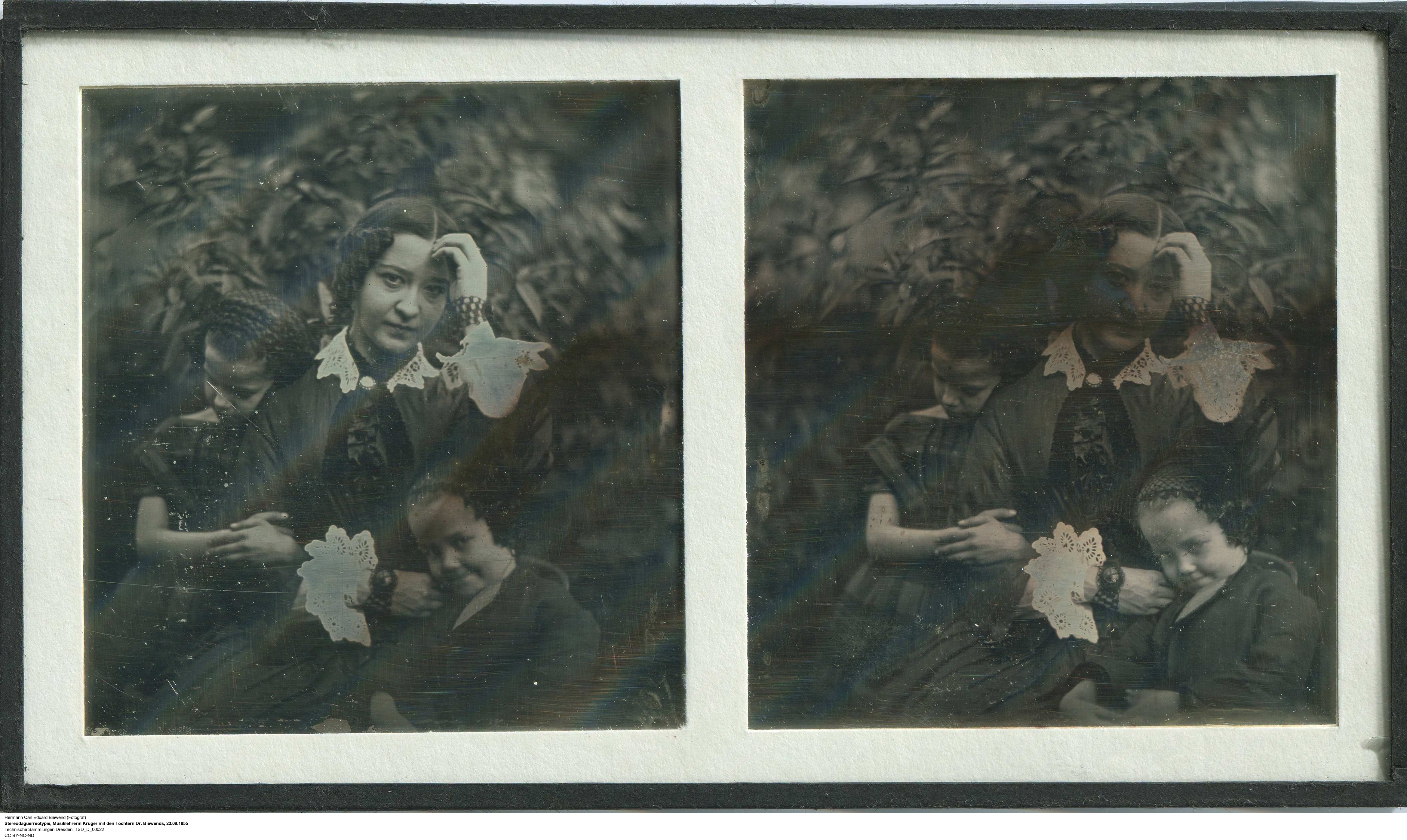»Daguerreobase« is a public platform and a best practice network of archives, libraries, museums and private participants from all over Europe that collects and secures information about daguerreotypes in Europe. The Technische Sammlungen Dresden and the Museum Ludwig, Cologne, acted as German partners in the project.
Daguerreobase serves to disseminate specialised knowledge about the handling of collections of daguerreotypes. The project is supported by a consortium consisting of 17 partners from 13 European countries. Its members include private and public institutions as well as private collectors and photo restorers. The project was largely funded by the Information and Communication Technologies Policy Support Programme (ICT PSP) as part of the European Commission's Competitiveness and Innovation Framework Programme (http://ec.europa.eu/ict_psp). It started on 1 November 2012 and was completed in October 2015. By this time, almost 16,000 daguerreotypes had been documented in the internet database.
The daguerreotype was the first successful process in the history of photography and was named after its key inventor, Louis-Jacques-Mandé Daguerre. After its announcement and introduction in 1839, the daguerreotype was used throughout Europe to produce the first photographic images of Europe and its citizens. The basis of the daguerreotype is a shiny, polished metallic plate made of pure copper with a thin layer of silver on top. A daguerreotype is produced by direct exposure in the camera. Each daguerreotype is a unique specimen from which no further photographic reproductions could be made.

























